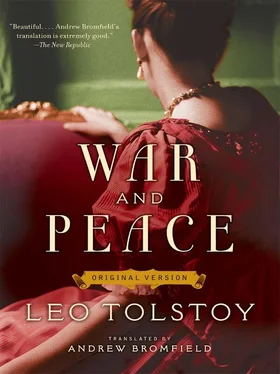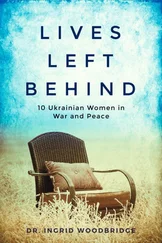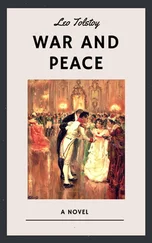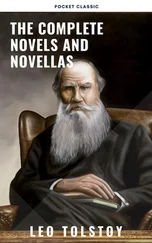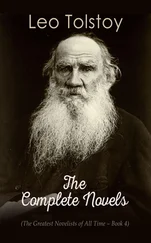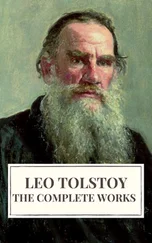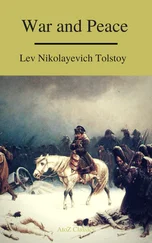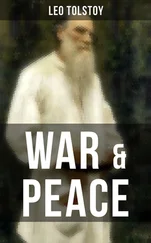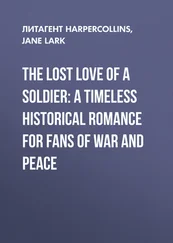All this is well known: what is less so is the extent to which Tolstoy pursued painstaking researches as an historical novelist. His best biographer, the Englishman Aylmer Maude, suggested that War and Peace was not an historical novel in the true sense, since the age in which his story is set remained within the memory of his parents’ generation. But this is to do Tolstoy an injustice. His notes and correspondence illustrate the remarkable extent to which he sought to reconstruct the past, whether pacing the battlefield at Borodino or investigating recondite details ranging from the extent to which men still wore hair powder in 1805 to the fact that the copse in which Pierre Bezukhov and Dolokhov fought their duel was pine rather than birch.
One of Tolstoy’s major problems was that of establishing the precise nature of his genre. As he explained to Katkov, the editor of Russkii Vestnik, in January 1865: ‘the work is not a novel and is not a story, and cannot have the sort of plot whose interest ends with the dénouement.
I am writing this in order to ask you not to call my work a novel in the table of contents, or perhaps in the advertisement either. This is very important to me, and I particularly request it of you’.
Those sections which appeared in 1865 and 1866 were but the introduction to a much larger work, which by the end of 1866 he believed he had completed. Over the previous six months he had written 726 pages of manuscript, which he felt brought the work to a satisfactory conclusion. His pleasure in writing was intense, and as he explained later he ‘generally enjoyed good spirits’, and on days when his work had gone well, he would gleefully announce that he had left ‘a bit of my life in the inkstand’.
It is this version which comprises the present work, which was first made available to the Russian general reader seven years ago, and is here presented for the first time in English. The title Tolstoy proposed was All’s Well That Ends Well, from which it may be correctly inferred that it had a happy ending. There can be no doubt that he intended this version to be published, for which he engaged as illustrator a talented artist named Nikolai Sergeievich Bashilov. Tolstoy and Bashilov enjoyed a close and constructive collaboration. Thus when the author explained that he had based the character of Natasha in large part on his sister-in-law Tatiana, the artist’s task was the easier since he was her uncle. Sadly, Bashilov’s increasing illness made it ever harder for him to meet insistent deadlines imposed by the author and publisher, and at the end of 1870 he died while undergoing a health cure in the Tyrol. Consequently the early editions of the novel remain unillustrated, and it was not until 1893 that an able successor to Bashilov was found in the form of Leonid Pasternak, father of the novelist Boris.
War and Peace ‘as we know it’ was published in six volumes in 1868–69. By that time Tolstoy had extensively revised All’s Well That Ends Well, radically altering its conclusion and carrying the story forward in part as a reminder that life does not come to a gratifying halt with marriage. Two years later he wrote disparagingly: ‘I’ve stopped writing, and will never again write verbose nonsense like War and Peace. I’m guilty, but I swear I’ll never do it again’. However he had not reached the end of his creative activity, and in 1873 set about further extensive restructuring. ‘I’ve started to prepare a second edition of War and Peace and to strike out what is superfluous – some things need to be struck out altogether, others to be removed and printed separately’, he wrote to a literary friend in March. ‘And if you can remember, remind me of what is bad. I’m afraid to touch it, because there is so much that is bad in my eyes that I would want to write it again after refurbishing it’.
Even this was not the end of the story, for when his wife came to issue a fresh collected edition of his works in 1886 it was the 1868–69 version that she chose. Whether this was Tolstoy’s choice remains unknown, but he can scarcely have disapproved. This illustrates the extent to which he envisaged his creation as a living entity subject to continual modification, and confirms the desirability of making public the first version he completed. Whether the final ‘canonical’ edition represents an improvement must be left to readers to judge, and the present publication at last provides means of effecting the comparison.
Those who have never read War and Peace will be able to enjoy experiencing Tolstoy’s first heady production of that wonderful work, and those who have will undergo the stimulating experience of being able to compare it with its predecessor. Apart from the truncated conclusion, attentive readers will note many differences of detail and emphasis. My own interest was particularly aroused by subtle variations in the treatment of Dolokhov, the bold and on occasion cruel lover of Pierre’s faithless wife Hélène. Based on Tolstoy’s cousin, the noted duellist and adventurer Feodor Ivanovich Tolstoy, whose larger-than-life personality clearly fascinated the novelist, he erupts as another fictional counterpart into the marvellous short story ‘Two Hussars’, where in the space of twenty-four hours he turns upside down the sleepy life of a provincial town. The writer was fortunate in possessing a family and friends preeminently adaptable to the most exotic of fictive requirements.
As he wrote to his cousin Alexandra, a lady in waiting to the Empress, during the writing of All’s Well That Ends Well: ‘you possess that Tolstoyan wildness that’s common to us all. Not for nothing did Feodor Ivanovich have himself tattooed’. His words might have as aptly been applied to the larger-than-life author himself.
Nikolai Tolstoy, 2007
A NOTE ON THE TRANSLATION

Like most literary classics, War and Peace has generated a long and distinguished tradition of English translations. But while most are based on the ‘classical’ 1500-page text, the present translation is based on an earlier, shorter text that is now being translated into English for the first time.
This shorter Russian text was brought out in 2000 by the Moscow publisher Igor Zakharov as ‘the first complete edition of the great novel War and Peace’. His edition, however, was in fact derived from an earlier edition which, although unknown to the world at large, had long been familiar to literary specialists as the first draft, recovered by the Tolstoy scholar Evelina E. Zaidenshnur. This text, together with a 60-page commentary, had been published as a scholarly monograph in 1983, in vol. 94 of the Academy of Sciences journal Literaturnoe Nasledstvo (Literary Heritage), although much of the material had appeared earlier still in the 90-volume Jubilee edition of Tolstoy’s Collected Works.
Evelina Zaidenshnur’s reconstruction was an extraordinary achievement, the fruit of fifty years’ painstaking paleographical detective work in the massive archive held by the Tolstoy Museum in Moscow. This work had culminated in the first, full working version whose last page contains the word: ‘Konets’ or ‘The End’. Known to have reached completion in December 1866, this draft had soon been dispersed in the process of rewriting that began shortly after. Zaidenshnur’s text was a mosaic of manuscripts retrieved from across the archive and reassembled through the careful matching of Tolstoy’s original handwriting, ink and paper and close examination of his numerous notebooks, diaries and letters for clues and references to the work in progress.
Zaidenshnur’s edition offers us a coherent narrative which, despite its occasional roughness and sketchiness and obvious differences, is often as polished and fine as the later, canonical version. Inevitably, however, in the long process of deciphering several thousands of pages of impenetrable scrawl, crisscrossed with cancellations, messily overwritten and with scribbled additions ballooning into the margins, there were errors and oversights in transcription. Words were misread, sentences misplaced. Nevertheless, as befitted a scholarly enterprise, the text included multiple variants in brackets (cancelled words as well as alternative readings) and the entire project was described in meticulous depth. It was this essentially academic text, shorn of its scholarly apparatus and its variants, somewhat rewritten and with none of its original French, that was re-issued in 2000 by Zakharov as ‘the first’ War and Peace, and promoted as ‘half the usual length, less war and more peace, no philosophical digressions’, and so on. Although the English translation that follows is based largely on that edition, frequent reference has also been made to Zaidenshnur’s edition as well as the later ‘classical’ text.
Читать дальше
